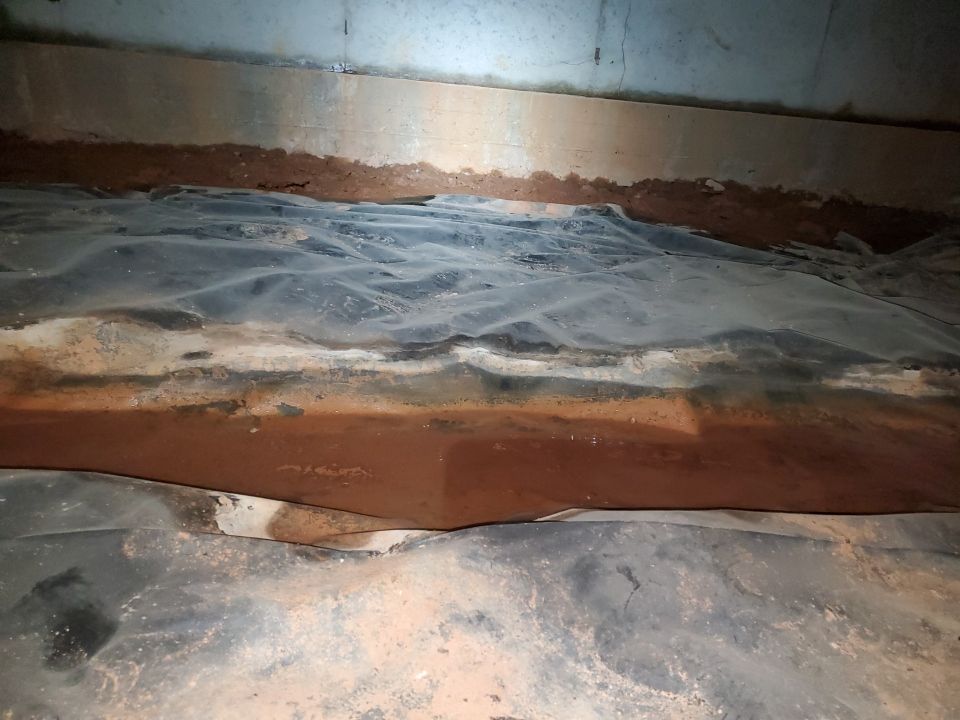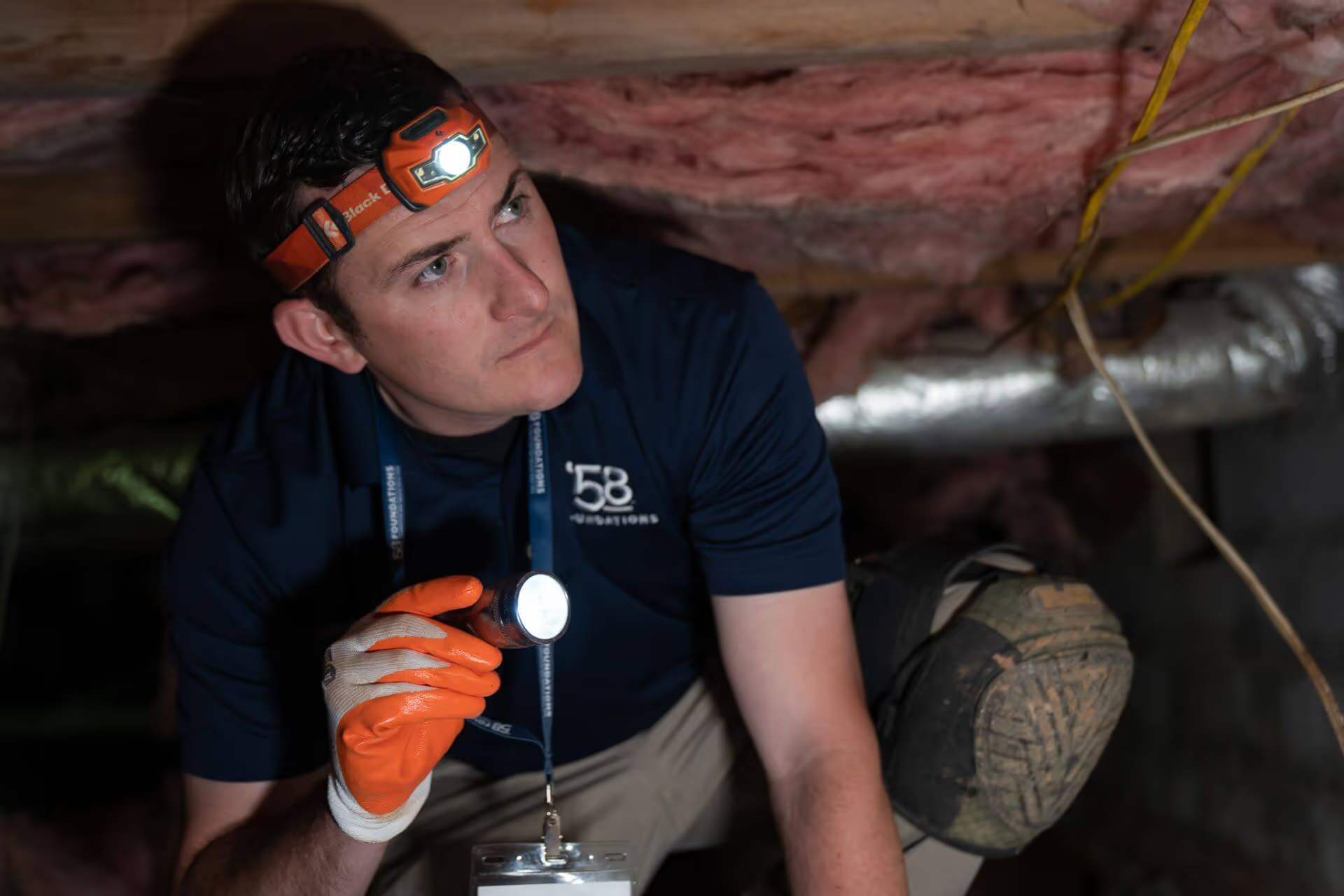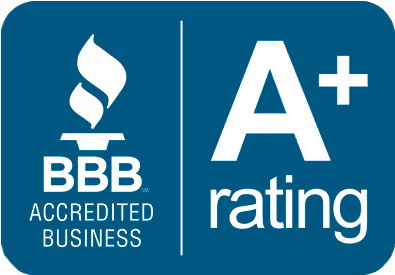
Purchasing a home can be thrilling but also daunting. Even when a house looks like a dream come true, you’ll want to make sure that there are no significant problems lurking beneath. For a home with a crawl space, those underlying problems can be quite literally under your feet. That is why you should always make sure to check for crawl space problem signs.
Let’s investigate what you should look out for to make sure there’s no unwanted surprises when you purchase a house with a crawl space…
There are a variety of potential problems that could be found with a thorough crawl space inspection. Have a look at some common examples…
Each of these crawl space problem signs can lead to their own additional problems. Mold, for example, can release mold spores into the air as it grows and colonizes. These spores not only help mold spread, but they can be an airborne allergen that can trigger allergic reactions as well as asthmatic symptoms. Some mold species have been known to also cause further illness to those with compromised immune systems.
Mold tends to come in a variety of colors (white, yellowish, greenish, and black molds are common), but they usually can be spotted because of how they stand out against the color of the surface they’re growing on. Black mold stands out more clearly, where a white mold might be more difficult to detect.
Here are some of the common household molds that you may encounter…
Wood rot is another fungal problem that can be found in crawl spaces. These fungal species get their name from how they live by growing on damp wood and beginning the rotting process. As wood rot consumes certain parts of the wood its growing on, the wooden structure eventually begins to break down and even crumble away.
In nature, this is how dead trees and plant matter can return to the soil. But in a home, this can spell trouble if it’s a floor joist or any other part of the above flooring system that’s being gradually weakened by wood rot.
If you feel the upstairs floors bouncing, or you see that the wood floor is cupping or warping, this is most likely due to the crawl space below. It could be from wood rot, or it could be from the support columns in the crawl space. Either way, have your home inspector or a crawl space expert take a look.
From insects and tiny mites to rats and mice, there are a lot of critters out there that want nothing more than to find a nice place to nest and feed. Termites will want to dine on the wooden support structures of a damp crawl space. Meanwhile, ants will eventually expand their foraging range into your living space to find more food for a growing colony.
A crawl space is also the perfect dark space for rodents to hide out. But in their efforts to make a nest, rodents may use all manner of things to make their home. This can lead to structural damage as well as damage to equipment and belongings. Their droppings and urine can also carry diseases.
Dust mites are so small that their fecal particles can get carried by the air flowing from your crawl space into your living space. This air flow is caused by the Stack Effect (or chimney effect), where the difference in temperature and air pressure causes your home to suck air upwards like a vacuum. As you can see, there are many ways that pests can make trouble for your crawl space as well as the rest of your home.
Another crawl space problem sign to look for is damage to the foundation. Keep an eye out for cracks—they can be a sign that your foundation has been experiencing a lot of hydrostatic pressure from outside groundwater. These cracks can also be a sign of the settling of the foundation. In both cases, repairs need to be made to stabilize the foundation from further damage.
All these problems can present a challenge to enjoying a new home. But these different scenarios rely on the same source: excess moisture in the crawl space.
Whether it is humid air flowing into the crawl space through its crawl space vents, groundwater seeping under the walls or up through the dirt floor, or water leaking through a crack in the foundation—these can all add to the moisture in your crawl space air, leading to the problems described above.
While a dehumidifier may come to mind, it won’t work if the source of intrusive moisture or water isn’t remedied. That’s where crawl space encapsulation and crawl space waterproofing can help. With a thick vapor barrier lining, outside moisture can be kept out of the crawl space. Meanwhile, with crawl space waterproofing, outside groundwater can be controlled so that it’s redirected out and away from your home. This will protect your foundation from problems caused by hydrostatic pressure.
To ensure a smoother transition into your new home, check on every part of the home including the crawl space. Have the home properly inspected to make sure any crawl space problem signs are discovered and addressed. Due to how air flows upwards from the crawl space via the Stack Effect, what’s in your crawl space has a direct effect on the air quality and comfort of your home. Moisture-loving pests also bring their own set of problems.
To get your crawl space encapsulated and/or waterproofed, with the strongest warranty, decades of experience, and thousands of happy customers, call 866-367-7606 or contact us online for a free crawl space estimate!






We respect your privacy. By submitting, you authorize '58 Foundations and Waterproofing to reach you via call, email or text for information about your project needs. We will never share your personal information with third parties for marketing purposes. You can opt out at any time. Message/data rates may apply. Consent is not a condition of purchase. Privacy Policy